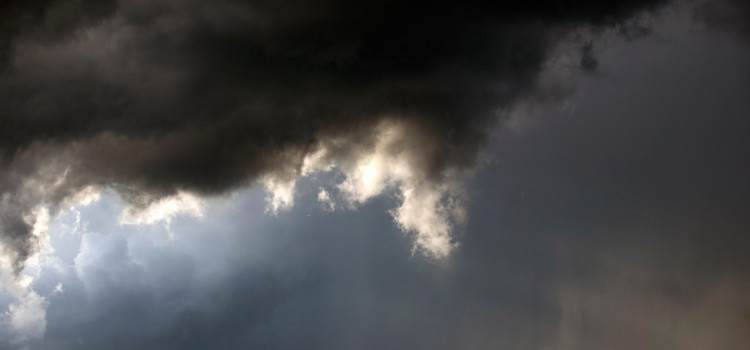Hurricanes are one of the strongest storms known. They can be as big as a country and have sustained winds to 250 mph.
But how do the air masses interact?
How do air masses interact to form a hurricane apex?
The interaction between the mass of tropical air and the polar air will create a hurricane. The first step of this process is that, when the tropical air warms up, its moisture rises to high altitudes, boiling off into the atmosphere.
The two air masses interact to create clouds, which produce thunderstorms. The rising moist air creates condensation. As the boiling boils away more moist air from the surrounding area, it begins to spin faster through friction with Earth’s surface (this wind would be classified as a tropical storm).
Contents
What Is The First Step In the Formation Of A Hurricane?
The first step in the formation of a hurricane is that, when the tropical air warms up, its moisture rises to high altitudes, boiling off into the atmosphere. The warm air from the tropical mass moves towards colder air from the polar circumpolar region. It is forced to rise as it reaches the polar front and meets cooler air from higher latitudes. As this moist air moves over the land, it causes clouds to form.
The clouds produce thunderstorms. The rising moist air creates condensation as it moves from the sunlit side of the Earth to the shady side, forming rain storms. As more rain falls, the warm air from above moves upward and squeezes out more moisture from the clouds. The tropical air now becomes even warmer as the surface of hot spots on Earth unevenly heats up vertically and evaporates water very quickly.
The rising moist air to high altitudes warms the air. Hot air can stand still in one place, but it cannot rise fast enough to form clouds. The rising moist air to high altitudes warms the air into a “loft” that can rise quickly, which causes it to condense into clouds. The rising warm moist air mass forms the clouds and causes the thunderstorms.
When this happens, more warm wet air will move toward colder polar air. The warmer moist air in the tropical mass moves towards colder polar air, which causes it to rise. The rising warm moist air masses forms the clouds and causes the thunderstorms.
As more warm moist air reaches higher altitudes, this process repeats itself and condensation spreads throughout the tropical mass. This is how a hurricane is formed.
What Is The Next Step In The Formation Of A Hurricane?
When these clouds move over land, they cause rain storms to form. As more rain falls, the warm air from above moves upward and squeezes out more moisture from the clouds. The rising moist air to higher altitudes warms the air into a “loft” that moves quickly, which causes it to condense into clouds.
The rising warm moist air mass forms the clouds and causes thunderstorms. As more warm moist air reaches higher altitudes, this process repeats itself and condensation spreads throughout the tropical mass.
This is how a hurricane is formed.
When Do Storms Officially Become Hurricanes?
Storms with wind speeds of 74 mph or higher are called hurricanes. Hurricanes are tropical cyclones that form over the oceans usually in the warmest part of Earth, near the equator. The winds blow in a circular direction around a central area of low pressure, creating winds that blow in all directions (from all sides).
They rotate counter-clockwise in the Northern Hemisphere and clockwise in the Southern Hemisphere.
They form over tropical ocean waters and need warm ocean water and warm air to create them. They can move slowly across the ocean or into land while continuing to blow, causing damage. One type of hurricane that forms in the Southern Hemisphere is called a cyclone.
In the Northern Hemisphere it is called a typhoon. Tropical cyclones are also called hurricanes in the Western Pacific and eastern Indian Oceans, but they are known as typhoons in the western North Pacific Ocean, Bangladesh, India, Malaysia and South China Sea areas.
Why Do Hurricanes Only Form In The Northern Hemisphere?
Most tropical cyclones do not happen in the northern hemisphere because there is not enough warm water and hot air over the ocean to create them. The tropics are near the equator and where most of Earth’s land is located.
Since land blocks the warm ocean air, storms are mostly over land. If these weather conditions hit land, planes can travel inland so storms are found there instead of oceans surrounding them.
Conclusion
This is how air masses interact to form hurricanes. Hurricanes are one of the strongest storms known. They can be as big as a country and have sustained winds to 250 mph.
But how do the air masses interact? The interaction between the mass of tropical air and the polar air will create a hurricane. The first step of this process is that, when the tropical air warms up, its moisture rises to high altitudes, boiling off into the atmosphere.

